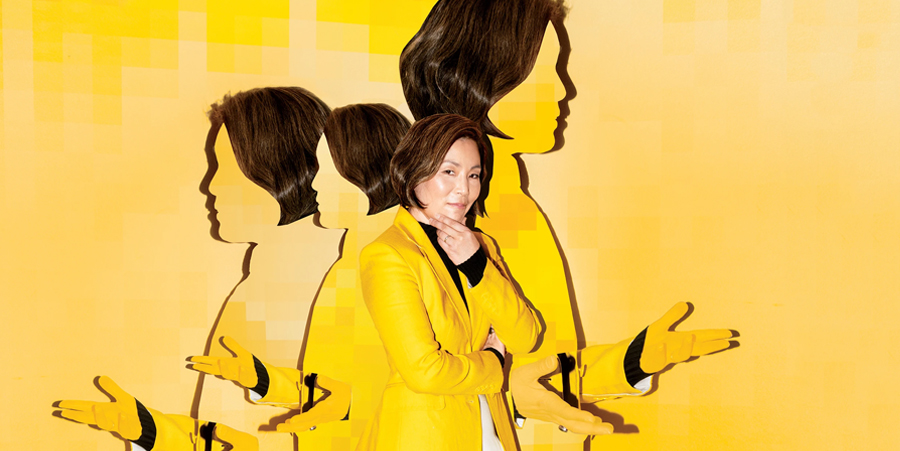Accenture as well as OceanX are already using the company’s new Mesh platform.
Grace Hwang leads a cross-disciplinary team at Microsoft that explores what the future of 5-year-old HoloLens mixed-reality project looks like—a glowing, secondary world of holographic objects and people that can appear in an ordinary home or office. This year, the company debuted its Mesh platform—a virtual conference room where people can meet not just via HoloLens but also through an Android tablet, iPhone, or Oculus VR headset. Current customers include Accenture and James Cameron’s non-profit, OceanX.
Fast Company: Right now, Microsoft describes Mesh as a conference table. But is that just a stopgap for something bigger in the future?
Grace Hwang: Right now, it’s about bringing people quite literally to the table. The hope is that then you can imagine different interactions. Maybe it’s about creating that one-to-one intimate conversation with a therapist, and you have to be able to see high-resolution expressions. Or maybe you’re in group counseling, and you have to be able to feel and hear everybody’s voices. Small nuances are really important in those human interactions. We want to get back to those real human cues. It’s so much more subtle than, “here’s the presentation I’m showing!” Whoever wins in this space will be the ones who are able to capture more of the humanness in the technology.
Research shows that offices create all sorts of problems, especially for women and people of color. Is this something you are thinking about with Mesh?
If you think about the physical world today and how we interact, we walk into a board room, and there’s all kinds of dynamics at play. The person with the loudest voice, they take a seat, and research shows that if you sit across from them, you’ll get their attention. But in Mesh, there are dials and levers we can play with to create more equity. So maybe for the person furthest away, we leverage spatial audio, and that’s the person who is actually the loudest.
What do you say to people who can’t picture us using mixed-reality headsets for remote work when we have options like Zoom and text messaging, which let us get by during the pandemic?
It’s not one or the other. Connecting and communicating in AR (augmented reality) is not necessarily the answer for every use case. I have a teenage son who would probably prefer to just text me! [During the pandemic,] we’ve learned to just get by. I’d love to see us not just get by, but flourish.
…
This article first appeared in www.fastcompany.com
Seeking to build and grow your brand using the force of consumer insight, strategic foresight, creative disruption and technology prowess? Talk to us at +971 50 6254340 or mail: engage@groupisd.com or visit www.groupisd.com/story



